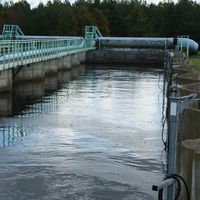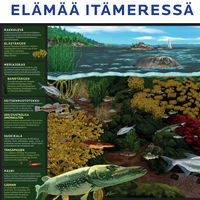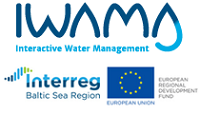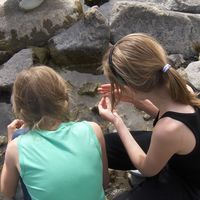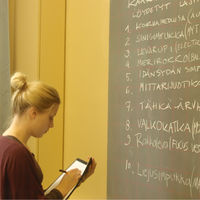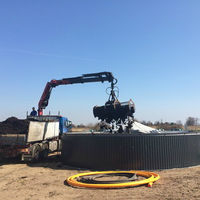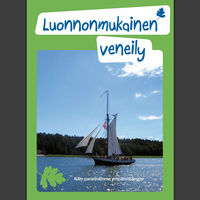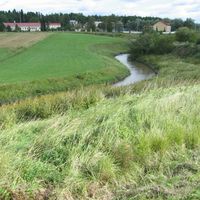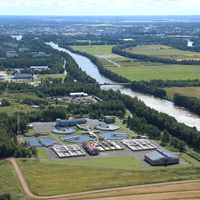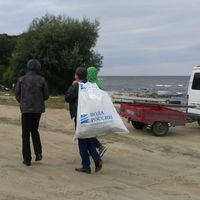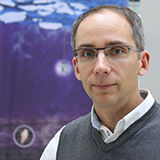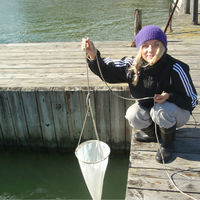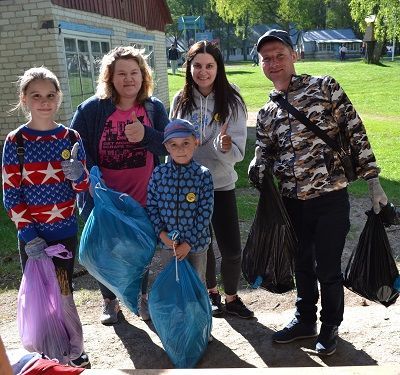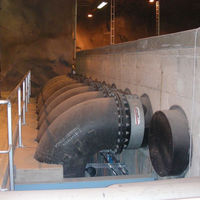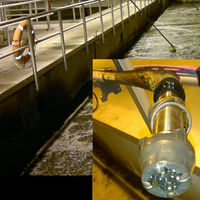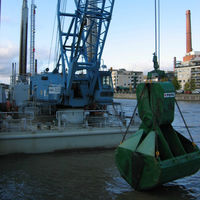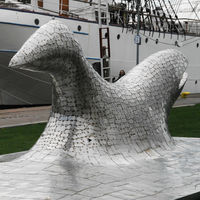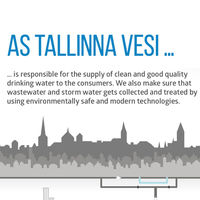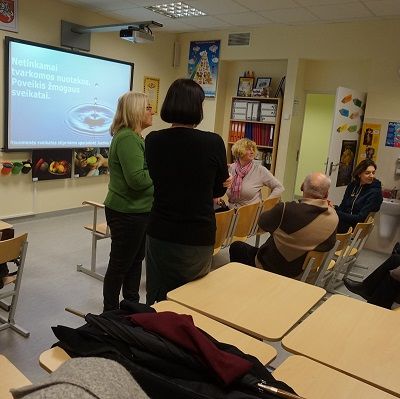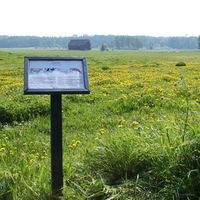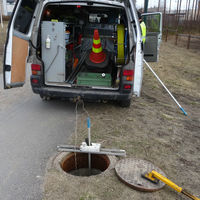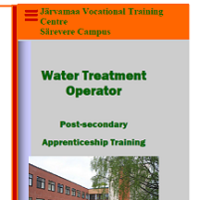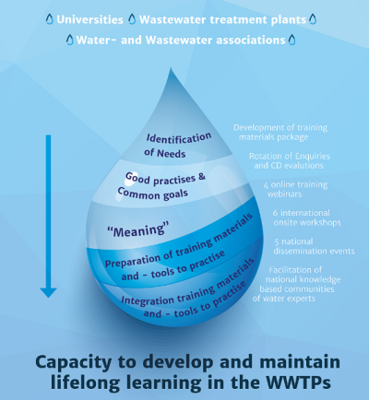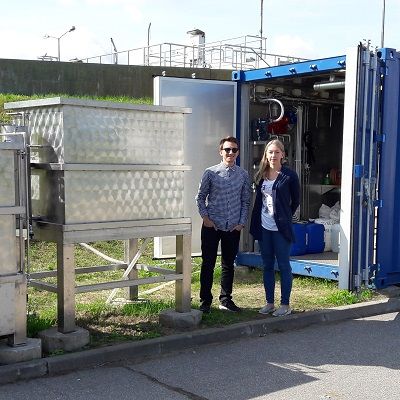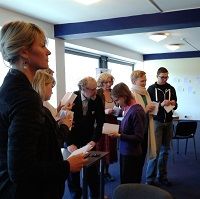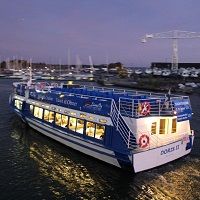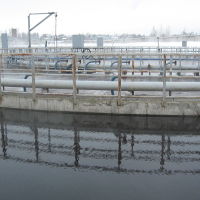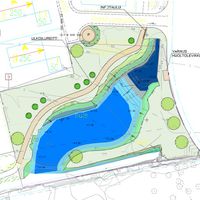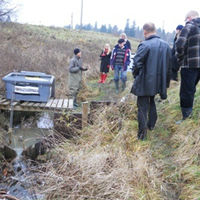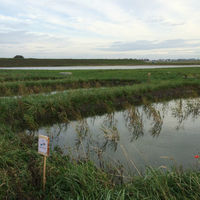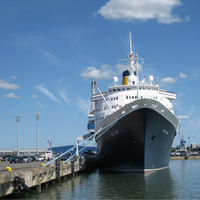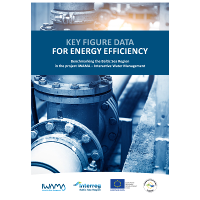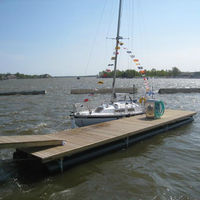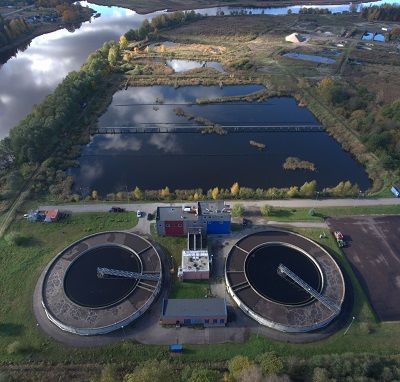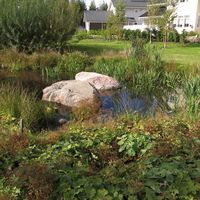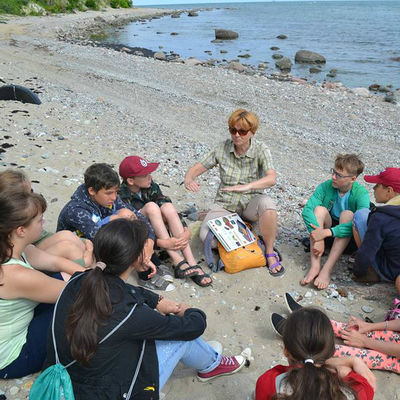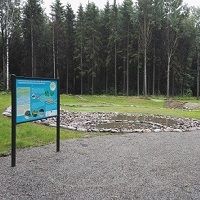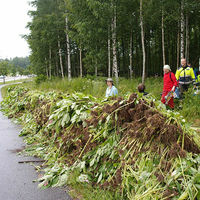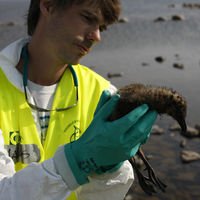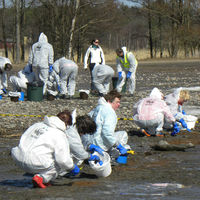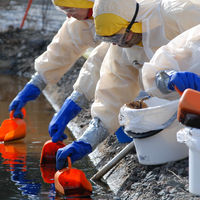Bank of Actions
Are you seeking examples or inspiration for water protection? There are plenty of potential actions to choose from! The Bank of Actions will provide your organisation with concrete ideas and examples of water protection activities implemented by organisations in the Baltic Sea Challenge network. You can browse these according to the theme, type of actor, country, year or keyword.
 |
Join the Baltic Sea Challenge network by committing to water protection work, and gain the benefits of an international expert Network. Read more about the Baltic Sea Challenge and how to join the network. |
 |
The Bank of Actions is always open to ideas for new actions. Is your organisation already a member of the Baltic Sea Challenge network and does it have good examples of water protection measures that it would like to share? Tell us about the work that you do, by filling in this form. We will put your action on the map! |
![]() Agriculture
Agriculture
![]() Awareness raising
Awareness raising
![]() Hazardous materials
Hazardous materials
![]() Littering etc.
Littering etc.
![]() Oil spill prevention
Oil spill prevention
![]() Research and monitoring
Research and monitoring
![]() Shipping and boating
Shipping and boating
![]() Stormwater management
Stormwater management
![]() Strategies and programs
Strategies and programs
![]() Wastewater management
Wastewater management
![]() Other
Other
![]() Drainage basin
Drainage basin
Reconstruction of Lepiku water course
Actor: Tallinn City ● Year: 2015 ● Address: Tallinn Botanic Garden, Kloostrimetsa tee, Tallinna, Viro
A reconstruction of the Lepiku water course in the Tallinn Botanic Garden was realized in order to improve the quality of rain and melting water and protect the Pirita river.
Description
Lepiku water course runs through Tallinn Botanic Garden, collecting rain and melting water from the surrounding area before entering the Pirita river, which is a Natura 2000 site. Recent residential development in the Lepiku area has increased the amount of water entering the Lepiku water course. This development has had a negative impact on water quality. Furthermore, the original limestone walls in the water course had collapsed and the riverbed and culverts were stocked with sediments. Especially the solids in the water were of concern, because they contain nutrients, heavy metals and other harmful substances.
Benefits
The reconstruction aimed at a natural purification process which aims to decrease the amount of particles in the water. Meandering of the creek, shallow thresholds on the bottom of the course and extended flooding areas were used to retain water flow and increase sediment settlement. Furthermore, solids are filtered from the water by the wetland vegetation on the sides and the bottom of the course. To prevent erosion, the walls of the water course are lined with limestone.
Background information
The reconstruction was realised in EU Life+ programme co-financed project CITYWATER.


